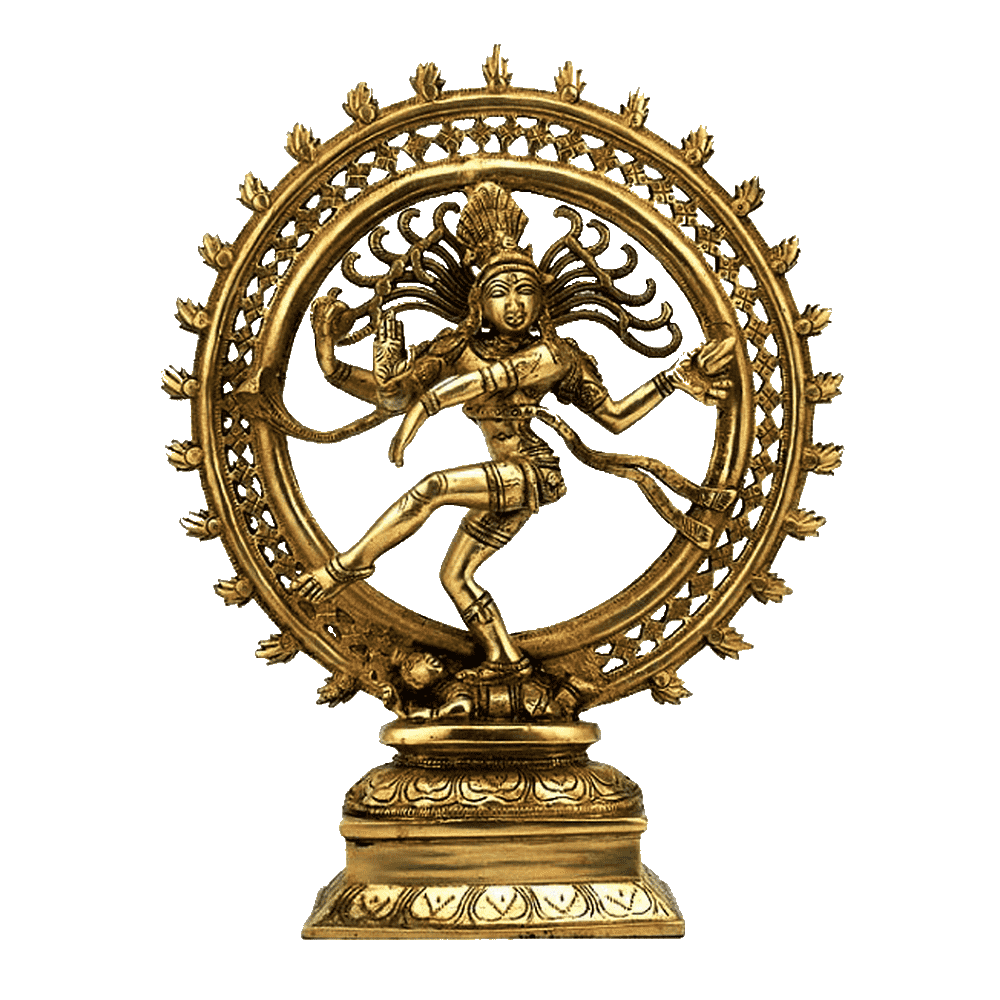
Sarvajñānottārā
The highest knowledge and self-realization
Introduction:
Sarvajñānottārā is an important text within the realm of Śaiva Agamas and Tantric literature. The term “Sarvajñānottārā” can be understood as “The Ultimate Upliftment of Omniscience.” As the name suggests, this sacred scripture delves into the highest knowledge and self-realization, guiding spiritual aspirants towards the state of omniscience, where they transcend the limitations of individual perception and gain access to universal wisdom.
Origins and Context:
The exact origin and authorship of Sarvajñānottārā are not definitively known. It is believed to have been composed in ancient India, and like many Tantric texts, it is considered to be divinely revealed, with Lord Śiva transmitting the sacred knowledge to sages and spiritual aspirants for their upliftment.
The Pursuit of Ultimate Knowledge:
Sarvajñānottārā revolves around the pursuit of ultimate knowledge, wisdom, and self-realization. It acknowledges that ordinary human knowledge is limited and conditioned by the constraints of the mind and senses. The text aims to lead seekers beyond these limitations to a state of omniscience, where they can access the universal consciousness and comprehend the profound interconnectedness of all things.
Key Themes and Teachings:
Self-Realization:
The Sarvajñānottārā emphasizes the importance of self-realization as the foundation of ultimate knowledge. Through introspection and inner inquiry, seekers are guided to recognize their true nature, beyond the limitations of the ego and personal identity.
Transcending the Mind:
The text teaches seekers to transcend the limitations of the mind and its conditioned beliefs. By observing the mind’s fluctuations and learning to detach from its influences, practitioners can move towards a state of inner stillness and expanded awareness.
Unity of All Existence:
Sarvajñānottārā expounds on the interconnectedness of all existence. It reveals that the same divine consciousness pervades everything and everyone, transcending all boundaries and divisions.
Liberation (Moksha):
The ultimate goal of Sarvajñānottārā is to guide aspirants towards liberation (Moksha) from the cycle of birth and death (samsara). By realizing their innate divinity and interconnectedness with the universal consciousness, seekers can liberate themselves from the cycles of suffering and achieve spiritual freedom.
Practice of Meditation:
The text advocates the practice of meditation as a means to attain higher knowledge and self-realization. Meditation helps seekers transcend the limitations of the mind and access the depths of their own consciousness.
Guru’s Guidance:
The importance of a realized Guru (spiritual teacher) is emphasized in Sarvajñānottārā. The Guru’s guidance and grace are considered essential for the aspirant’s spiritual growth and realization of ultimate knowledge.
Conclusion:
Sarvajñānottārā stands as a profound and sacred scripture that illuminates the path to ultimate knowledge, self-realization, and spiritual liberation. Through introspection, meditation, and guidance from a realized Guru, seekers are led to transcend the limitations of the mind and attain a state of omniscience, where they realize the interconnectedness of all existence. The wisdom shared in Sarvajñānottārā inspires aspirants to move beyond the boundaries of individual perception and awaken to the profound unity that underlies the universe. By following the teachings of this sacred text, seekers can embark on a transformative journey towards realizing their true nature and attaining the highest knowledge.
Editor – Kaalchakra Team
[ Note – Before Concluding anything as a Finale, Please Go through Original Scriptures of Vaidik Literature Written in Sanskrit and Also with Meaning of That time of Language. Because English is a Limited language to Explaining the Deeper Knowledge of Vaidik Kaal. ]
